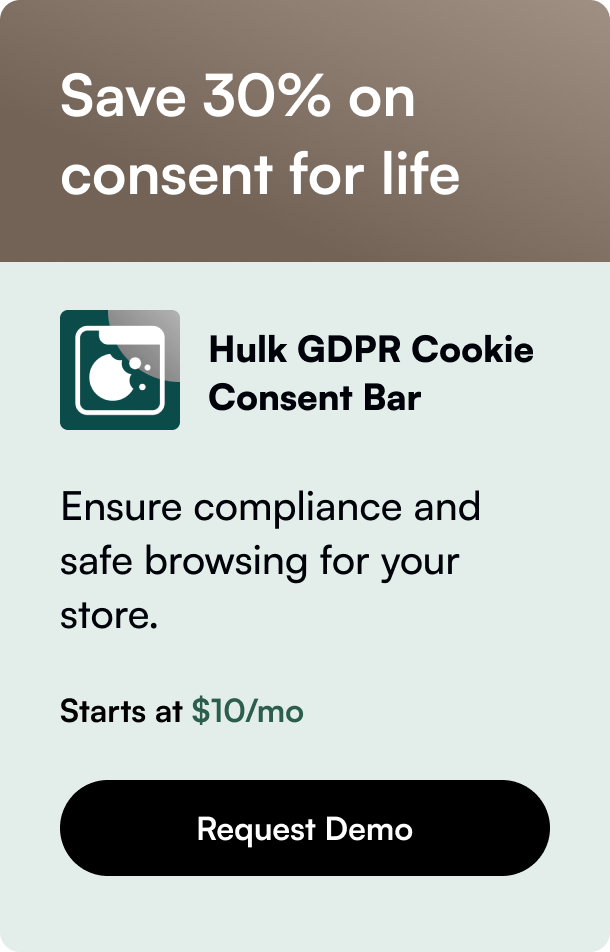Table of Contents
- Introduction
- The Evolution of YouTube's Algorithm
- How YouTube Curates and Ranks Videos
- Key External Variables Impacting Video Performance
- Practical Strategies for Creators
- Embracing AI and Data Analytics
- Case Studies: Success Stories
- Summary of Key Insights
- FAQs
Introduction
YouTube has evolved into a content giant, with its algorithms guiding millions of videos to their appropriate audiences daily. Whether you're a marketer, content creator, or simply curious about how videos gain traction, understanding YouTube’s algorithm is vital. In this blog post, we'll delve into the intricacies of YouTube's ranking system, explore actionable strategies for maximizing your video's potential, and discuss how to harness these insights to enhance viewer satisfaction and engagement.
The Evolution of YouTube's Algorithm
Initially, YouTube relied heavily on view counts to rank videos. The belief was straightforward: more views equaled better content. However, this approach had its limitations since view count alone did not necessarily correspond to viewer satisfaction or video quality. Recognizing this, YouTube shifted its focus in the early 2010s to prioritize viewer satisfaction metrics to provide a better user experience.
Viewer Satisfaction Metrics
Today, YouTube's algorithms consider various signals to gauge satisfaction, including watch time, engagement (likes, shares, comments), and user feedback (surveys and ratings). This pivot ensures that viewers are more likely to see content they enjoy and interact with, rather than just what's trending or heavily promoted.
How YouTube Curates and Ranks Videos
YouTube employs different algorithms to curate and rank videos across the platform, including the home page and suggested video sections. Here's a breakdown of how these algorithms calculate rankings:
Home Page Selection
The homepage serves as the introductory scene for most YouTube users. It curates and ranks videos based on:
- Performance Data: Metrics such as click-through rates and average view duration are analyzed to determine how engaging a video is.
- Personalized Relevance: YouTube customizes each user’s homepage feed with personalized recommendations based on their viewing history, subscriptions, and engagement patterns.
Suggested Video Recommendations
The suggested video column aims to keep viewers engaged by presenting content closely related to what they’re currently watching. The ranking factors include:
- Video Co-Viewing: Analyzing patterns of videos frequently watched together helps recommend related content.
- Topic/Category Matching: Aligning videos covering similar topics ensures relevant suggestions.
- Personal Watch History and Subscriptions: Tailoring suggestions based on a viewer’s historical preferences and regular content from subscribed channels.
Key External Variables Impacting Video Performance
Although YouTube's internal metrics significantly influence rankings, several external factors also play a role in video performance:
- Emerging Creators: YouTube works towards discovering and promoting new talent, recognizing the potential in small or upcoming creators.
- Viewer Engagement: Regular updates to ensure fair exposure to various creators and content types.
Practical Strategies for Creators
To align your content creation process with YouTube’s algorithms and improve your video’s ranking, consider the following strategies:
1. Optimize Titles, Tags, and Descriptions
Having a well-crafted title, relevant tags, and a detailed description helps YouTube’s algorithm understand your video’s content. This metadata not only boosts the video’s discoverability but also aids in proper indexing.
2. Focus on Viewer Retention
Keeping viewers engaged from start to finish significantly impacts your video’s watch time. Use compelling storytelling, effective editing, and engaging visuals to maintain viewer interest throughout the video.
3. Create Eye-Catching Thumbnails
Thumbnails serve as the first impression of your video. Make them visually appealing and relevant to the content while avoiding clickbait tactics. The thumbnail should clearly represent what the video is about.
4. Utilize Detailed Chapters
Segments or chapters in your video make it easier for viewers to navigate the content, which can improve viewer satisfaction. YouTube displays these chapters in search results, enhancing discoverability.
5. Incorporate Captions
Providing captions or an .srt file helps YouTube better understand your video’s audio content, thus aiding in context-based recommendations. Captions also improve accessibility, broadening your audience reach.
6. Leverage Blog Integration
Embedding your video in blog posts or linking to it from other online platforms can boost indexing and authority. This practice not only increases your video’s visibility but also drives traffic to your website, creating a symbiotic growth pattern.
Embracing AI and Data Analytics
The integration of AI in content creation is becoming increasingly prevalent. Tools utilizing AI can assist in keyword research, trend analysis, and even content generation, ensuring your videos align with viewer interests and algorithmic preferences.
Case Studies: Success Stories
Several creators have successfully leveraged YouTube’s algorithm to gain substantial viewership:
- Travel Magazine Channel: By optimizing video titles, tags, and descriptions and maintaining high-quality content, the channel increased from 1,510 views to 8.7 million views.
- SonoSite Channel: Utilizing viewer retention techniques and metadata optimization, the channel’s views skyrocketed from 99,529 to 22.7 million.
Summary of Key Insights
In summary, understanding and working with YouTube’s algorithm involves focusing on:
- Viewer Satisfaction: Prioritize engagement and feedback to improve ranking.
- Performance Metrics: Use watch time, engagement rates, and click-through rates to gauge video success.
- Personalization: Create content that aligns with individual viewer preferences based on their history and interactions.
- Best Practices for Video Creation: Optimize metadata, utilize engaging thumbnails, and provide detailed content segments.
FAQs
What is the most important factor in video ranking on YouTube?
The most crucial factors are viewer satisfaction and engagement. The algorithm prioritizes videos that keep viewers happy and engaged over extended periods.
How can small creators get noticed on YouTube?
Small creators should focus on niche topics, optimize their metadata, and engage consistently with their audience. Utilizing platforms outside of YouTube to drive traffic and enhance visibility can also help.
How does personalized relevance affect video recommendations?
Personalized relevance tailors the video recommendations based on a user’s viewing habits, engagement patterns, and interests, ensuring a more customized and satisfactory viewing experience.
Can AI tools help in optimizing YouTube content?
Yes, AI tools can significantly aid in keyword research, trend analysis, and creating data-driven content strategies that align with viewer preferences and algorithmic requirements.
Why is thumbnail optimization important?
Thumbnails act as the first visual impression of your video. An effective thumbnail can attract clicks and differentiate your content, making it crucial for improving click-through rates and overall engagement.
By adhering to these practices and continuously adapting to algorithmic updates, creators can significantly enhance their content's visibility and performance on YouTube.







